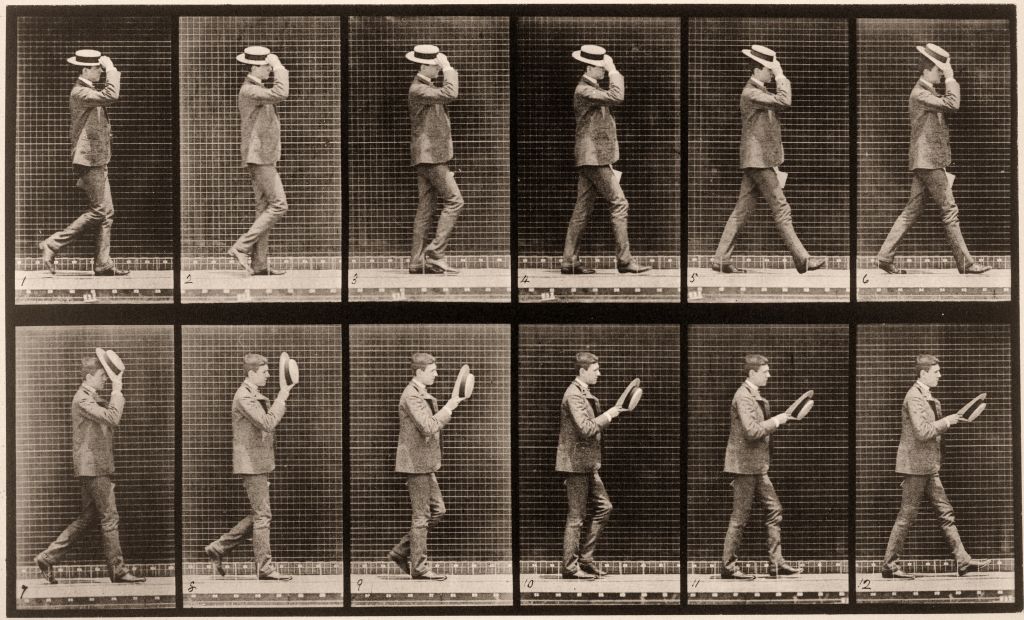How many episodes does my Artifact need?
We've got some guidance on planning your podcast.

When you purchase an Artifact, each 30-minute interview results in one 20-minute podcast episode. Through trial and error, we’ve discovered that 20 minutes is the sweet spot: long enough to go deep but brisk enough to keep the listeners’ attention.
While some stories fit comfortably into that 30 minutes, others need more interviews (and therefore more episodes) to feel complete. For example, it would be almost impossible — and not that compelling — to rush through your grandfather’s life story in 20 minutes. Deciding on the right number of episodes is part of the process of planning your Artifact. This post will try to offer some clarity on how to get exactly what you want.
Keep in mind that this decision also depends on the vibe you are looking to foster. Is this a quick and quippy look at a dear friend? An in-depth miniseries that untangles a family tree? An emotional look back at a tender time? Those answers will help determine the number of guests per interview as well as the total number of episodes.
And if this type of big-picture thinking about story and tone isn’t your forte, then we’re happy to talk you through the process. Our team and our interviewers — most of whom are working journalists — are skilled storytellers.
Below is a list of popular Artifacts along with some guidance on how many interviews we suggest.
The Life Story: Three to four episodes
The Life Story Artifact is a marvelous opportunity to record the stories and reflections of a family matriarch or patriarch, a professional mentor, or anyone else who has lived a full life. We’ve found that it’s almost impossible to do service to a complete life in one episode, and recommend a three- or four-part interview (which results in a three- or four-episode miniseries).
We approach a Life Story Artifact by breaking the life into periods. First we discuss childhood and young adulthood: family, schooling, the formative experiences and memories that helped the person to develop their identity and become independent. Next we tackle adulthood and all the challenges and pleasures that come with starting a family, building a career, and establishing oneself in the world. The third interview might cover more recent times, when the subject can reflect on the fruits of their labors: professional achievements, children and grandchildren, perhaps hobbies and journeys that have shaped them.
We call interview four “the wildcard.” It can serve multiple purposes: The interviewer and guest can use the time to complete the arc of that person's life, or they can return to subjects or questions that came up in earlier interviews and explore them in a bit more depth. It can be used for reflection on the lessons that person has learned in their life, and for offering advice to later generations.
Family Heritage: One-plus episodes
The Family Heritage Artifact is for people who want to access the stories and memories that the elder generations of their family have from their own childhoods. (We provide a full rundown on the Family Heritage Artifact here.) This genre can be a single interview with a guest or group of guests reflecting on previous generations. Another popular option is to interview family members individually — let’s say siblings or spouses — and then bring them together for a collaborative final episode.
Time Capsule: Yearly episodes
An increasingly popular Artifact is the Time Capsule. Our interviewer will chat with a child annually, letting them speak in their own words about their world, their passions, and their perspective on life in this moment. Within that framework, there is plenty of flexibility. When children are pre-verbal, the parents can jump in to discuss milestones and the sweet moments they’ll never want to forget. You can also include interviews with siblings, teachers, grandparents, or babysitters. As the child grows, parents can continue to record their own episodes, sharing the evolving challenges and triumphs.
This format can easily be applied to other situations. How about checking in annually on a marriage? Or interviewing a CEO about the growth of a company, year after year? The end result will be a living document that matures with the subjects.
Big Events: One-plus episodes
Artifact is a wonderful way to mark big occasions such as weddings, anniversaries, and birthdays — whether you’re purchasing for yourself or as a gift. (Looking for some specific guidance on Artifact for weddings? Check out this post.) This can be a succinct chat — children gather in one interview to talk about their parents’ marriage — or a more in-depth series. When it comes to the latter, we can curate a range of interviews with loved ones, emcee a roast, or speak separately with both members of a couple about one another. Or you could suggest a configuration that we haven’t thought of yet. Our customers continue to teach us new ways to use Artifact, and that’s part of the fun.
The Portrait Artifact: One to three episodes
This Artifact is often purchased as a gift for a Big Event (see above) such as a birthday, graduation, or promotion, but the angle is a bit different. The interviews focus on one central person, allowing guests to share their memories and reflections on someone essential to their lives.
With a Portrait, that question of tone becomes crucial. Are you looking for a zippy dinner-party energy? Or hoping to inspire some teary revelations? For the former, a single-episode group interview is a great option. For the latter, you’re better off going with one-on-one conversations, creating a miniseries that the honoree can experience at their own pace.

